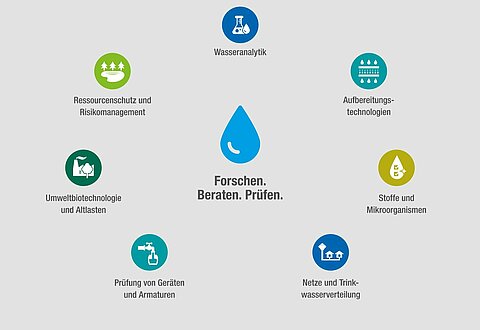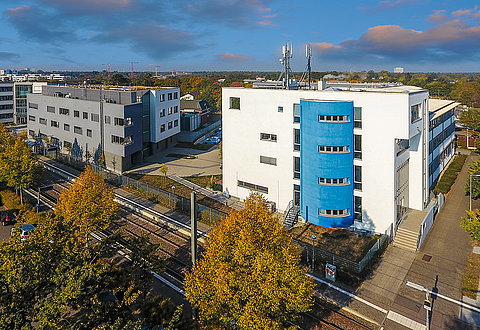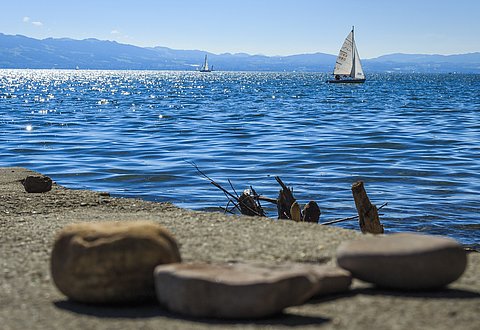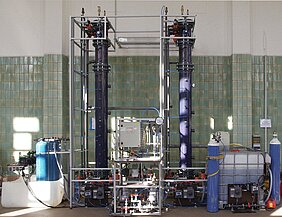The aim of the project is the evaluation of different treatment processes (precipitation, coagulation, ozonation, ion exchange) with regard to their suitability for decolorizing of groundwaters containing humic substances. As a result, criteria for the selection of processes will be provided.
Regional deposits of peat or brown coal sands in aquifers can lead to a coloration of groundwater due to the release of organic components. The color ist not harmful to health, however it can be an aesthetic impairment and thus lead to customer complaints. In some cases, the limit value of the drinking water ordinance for coloration is exceeded.
Various treatment processes for decolorization are available, but their possible applications and limits have not yet been sufficiently investigated. Within the DVGW-sponsored research project, the DVGW Research Center Hamburg in cooperation with the Dresden branch of the DVGW German Water Center is conducting laboratory and small-scale technical tests with the aim of closing these knowledge gaps. While the work in Hamburg concentrates on the use of ozonation in combination with activated carbon filtration and the use of adsorber resins, the work in Dresden focuses on coagulation and flocculation as well as on iron precipitation and oxidation using potassium permanganate.
Current results show that compliance with the limit value for coloration, especially in two-stage processing plants, can already be ensured by the dosing of potassium permanganate. For visible decolorization a coagulation has to be applied. However, using of coagulants and flocculant aids affects the performance of the filtration processes. The same applies to potassium permanganate dosing in single-stage filter systems, since the dosing of potassium permanganate leads to iron precipitation.
The research project is to be completed by early 2021. The results will be incorporated into the DVGW rules and regulations. However, the experience currently available at the TZW can already be used to develop concepts for decolorization in groundwater treatment plants.


![[Translate to English:] Prüfstelle-Produktprüfung_Teststand Test centre and product testing](/fileadmin/_processed_/0/9/csm_TZW-Karlsruhe_Pruefung_Geraete-Teststand_444204ae51.jpg)

























